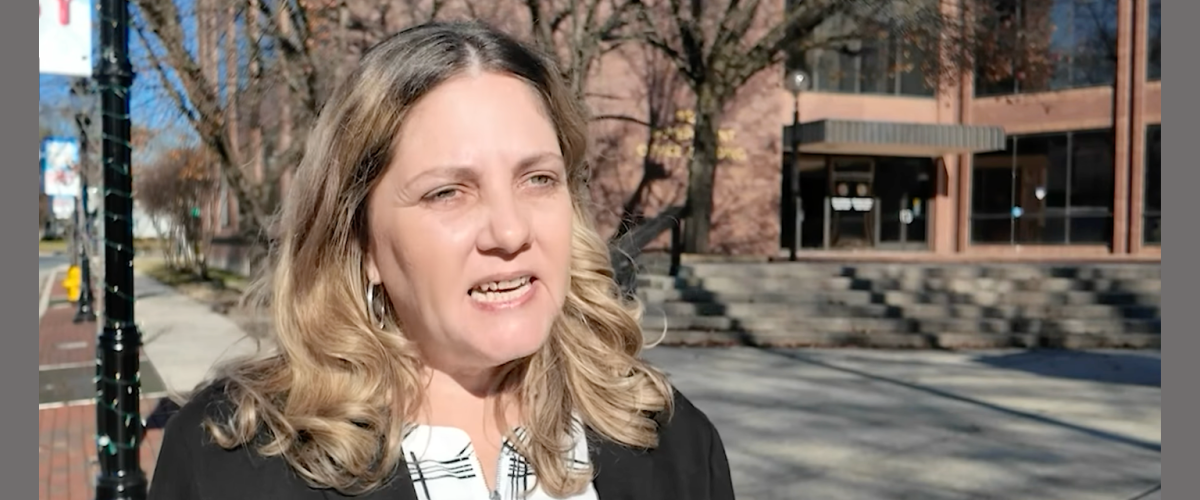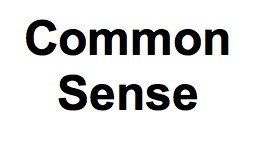The Washington College Poll: A Closeup of Opinion on the Shore

Washington College polled Eastern Shore voters just before last year’s election, perhaps the first time anyone other than candidates has paid attention to what matters to residents of this part of Maryland.
The Washington College poll of 686 registered voters was conducted between Oct. 28 and Nov. 1, 2022. Dr. Flavio Rogerio Hickel, Jr., an assistant professor of political science, designed the survey with funding from the college’s Starr Center for the Study of the American Experience and the Louis L. Goldstein Program in Public Affairs. The poll’s margin of error was plus or minus 4%, with a 95% level of confidence. Most of the respondents, about 78%, were considered likely voters.
According to a 2018 study by two researchers at the University of Texas, polls conducted on the eve of an election are usually twice as accurate as those conducted earlier, with the probability of error as low as 2%. This is largely because, in polls conducted earlier, voters are still learning about the candidates and making up their minds. Voters are less likely to change their opinions in the last few days before an election — barring a last-minute surprise. Also, popular opinion to the contrary, polls are as accurate nowadays as they were decades ago, with a typical margin of error between 2% and 4%. However, the study considered only polls at the national level, often overlooking wide differences between communities at the state and local levels.
While it’s common wisdom that the Shore is more conservative than the rest of reliably “blue” Maryland, the WC poll offers real numbers to back up that perception. For example, in the race for governor — which Democrat Wes Moore won by an impressive 2-1 margin statewide (65% to 32%) over Republican Dan Cox — the poll gave Cox a 10-point lead (46% to 36%) among Shore voters. In the actual election, the nine Shore counties gave Cox a 57% majority to Moore’s 41%.
In the U.S. Senate race, incumbent Chris Van Hollen handily won reelection by more than 30 points statewide (66% to 34%) over Republican challenger Chris Chafee. In the Shore poll, voters preferred Chaffee, 48% to 43%. Then, in the election, roughly a week after the poll, Republican Chafee took 58% of the vote on the Shore, while Van Hollen took just under 42%.
So the Washington College poll of Eastern Shore voters was a good predictor of the actual election results on the Shore, although Cox’s margin on the Shore was even greater than the poll had predicted.
In the District 1 Congressional race — which included all nine Shore counties, Harford County, and part of Baltimore County — incumbent Republican Andy Harris easily won reelection over Democrat Heather Mizeur, 54% to 43%, with Libertarian Daniel Frank Thibeault a distant third. The poll showed Harris with a 45% to 39% lead, with 13% undecided — predicting a closer race than the final election result. About 43% of the votes in the district was from Baltimore and Harford counties, but the results in those counties were within a couple of percentage points of the district as a whole. Still, overall, Mizeur did much better with Shore voters than the statewide Democratic candidates, both in the poll and in the election itself.
The poll also asked respondents for their opinion of the various candidates as well as two national figures, President Joe Biden and former president Donald Trump. Opinions on Biden were highly polarized, with 24% of respondents giving him a favorable rating and 61% unfavorable. Trump received a 47% favorable rating versus 40% unfavorable — almost certainly reflecting the partisan divide in the district. Outgoing Maryland Gov. Larry Hogan, on the other hand, was viewed favorably by 64% of all Eastern Shore voters — suggesting that his appeal held across party lines.
Perhaps more interesting than the election results were the attitudes toward various issues that the poll uncovered. Asked which of several issues were “very important” in deciding how to vote, respondents identified as likely Republican voters overwhelmingly chose the economy/taxes/inflation (94%). Abortion access/restrictions (82%), climate change/environment (71%), and racial/ethnic inequality (70%), on the other hand, were most important to Democrats and Independents. Other issues voters considered important were election integrity/voting rights (79%), education/public schools (75%), and crime/guns/public safety (71%). Note that respondents with opposite opinions on such issues as election integrity/voting rights might still consider these issues very important.
In his presentation on Nov. 30, 2022, at the college, Hickel gave an overview of the poll results for an audience that included Chestertown Mayor David Foster, Councilman Tom Herz, and Kent County Democratic Club President Bill Flook, along with students and local residents. Hickel said he would be interested in running the poll for future elections. A lively Q&A session followed the summary of the poll results. The complete results are available online.
While the Washington College poll was correct in predicting Shore voters’ preferences in the 2022 midterms, the actual results in the gubernatorial, senate, and District 1 congressional races were outside the poll’s 4% margin of error. But as previously noted, there aren’t any other polls that cover the same territory — it’s as if everyone takes the Shore for granted. It’s difficult to say if a more established polling organization might have done better. In any case, we look forward to future editions of the Washington College poll, how the poll may evolve, and what it may tell us about our Eastern Shore neighbors.
Peter Heck is a Chestertown-based writer and editor, who spent 10 years at the Kent County News and three more with the Chestertown Spy. He is the author of 10 novels and co-author of four plays, a book reviewer for Asimov’s and Kirkus Reviews, and an incorrigible guitarist.
Common Sense for the Eastern Shore







